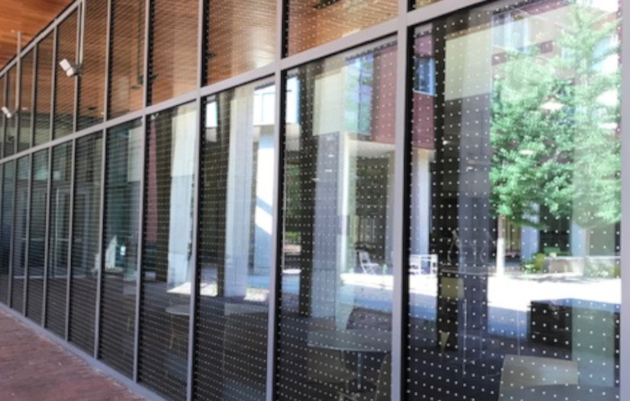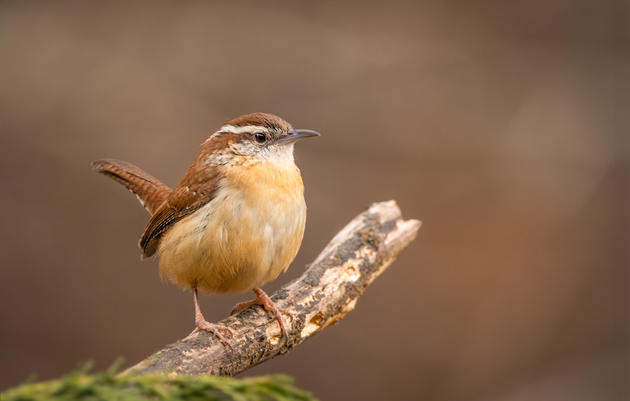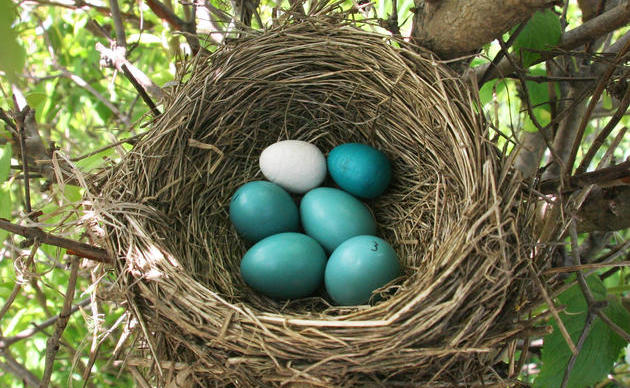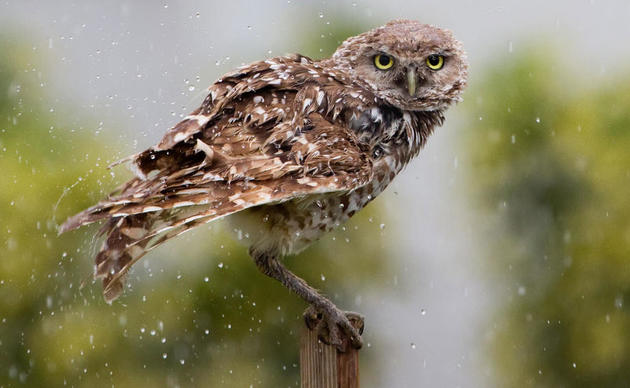Scientists estimate that 365 million to one billion birds collide with buildings every year in the U.S. alone. Most of these birds die from their injuries, making collisions with buildings one of the most significant sources of human caused bird mortality and species decline in the world today. Migratory species that pass through cities, especially species that migrate at night, are particularly vulnerable. But these collisions can be prevented in a variety of ways, and some of the solutions are surprisingly simple and inexpensive.
Light
Many collisions are caused by artificial light at night, which can attract birds migrating at night to buildings and other collision causing structures. Collisions caused by artificial light at night can be prevented in the following ways.
1. REDUCE THE AMOUNT AND INTENSITY OF ARTIFICIAL LIGHT AT NIGHT
Very bright and vanity lighting on buildings, bridges etc., and other types of overly bright outdoor lighting can attract birds migrating at night, especially during periods of rain, fog, or low clouds, and cause them to collide with walls, guy wires, communication towers, windows, and other hard surfaces near the lights. By reducing the intensity of outdoor lights or, preferably, turning them off completely at night, fewer birds will be attracted and fewer collisions will occur. Turning off internal lights at night or closing shades, curtains, or blinds will also prevent birds from being able to see through windows at night and then try to fly through them.
2. CHANGE THE COLOR OF LIGHTING
White, red, and yellow light attracts birds migrating at night much more than blue or green light. Making external lighting blue or green at night should attract fewer migrating birds and lead to fewer collisions.
3. SHORTEN THE DURATION OF TIME THAT LIGHTS ARE ON
Lights that remain on continuously attract birds migrating at night. Installing motion sensors for exterior or security lights will ensure they are only on when needed, reducing their ability to attract birds. For beacon lighting, switch to lights that blink continuously or continuously cycle on and off.
4. CHANGE THE DIRECTION OF LIGHTING
Lighting that is directed upward (e.g. search lights) can be easily seen by and attracts birds migrating at night. Directing external lighting downward or shielding light fixtures to prevent light from spilling upward should attract fewer migrating birds and lead to fewer collisions.
GLASS
Many collisions are caused by birds trying to fly into windows and other glass surfaces that reflect the surrounding landscape, or by birds trying to fly through windows or other glass surfaces that appear transparent and invisible. Collisions with glass (which can occur day or night) can be prevented in the following ways.
5. COVER THE GLASS WITH COLLISION PREVENTING PATTERNS
Place dense patterns (stripes, dots, etc.) on the outer glass surface using commercial products designed for this purpose, or use craft paper, tape, stickers, paint, and markers designed to be used on glass. Patterns that can effectively prevent collisions can be created that still allow people to easily see through windows and other glass surfaces.
A number of commercial products have also been developed that use ultraviolet light, which many birds can see but humans cannot see, to form collision preventing patterns on glass or on film that can be applied to glass. But the use of this technology to prevent collisions is still being developed and the effectiveness of these products vary.
6. MAKE THE GLASS APPEAR OPAQUE
Completely cover the outer glass surface with paint, perforated vinyl film, or other materials that will make the glass appear opaque.
7. PLACE PHYSICAL BARRIERS IN FRONT OF THE GLASS
Place physical barriers like screens, netting, hanging cords, or scrims in front of the glass. As long as the physical barriers do not contain open spaces that are larger than 2 x 2 inches, or the hanging cords are spaced no wider than 4 inches apart, they can effectively discourage most birds from trying to fly through them into the glass.







